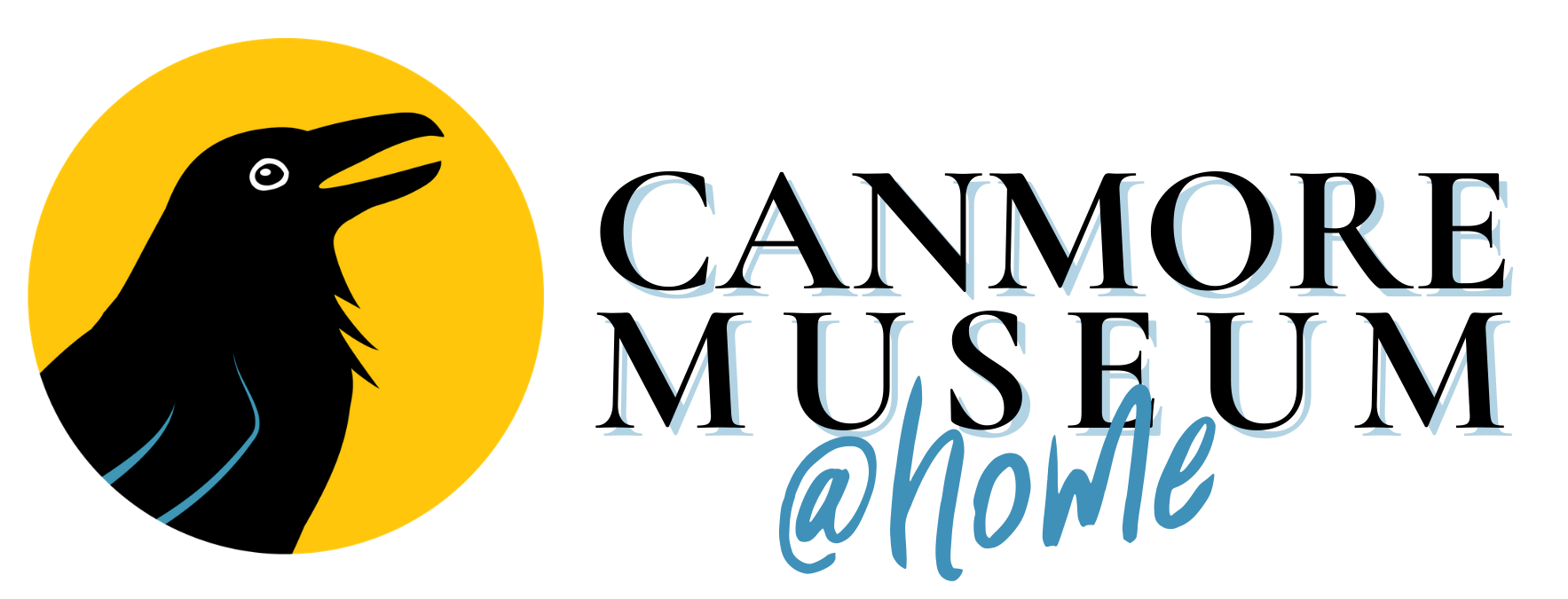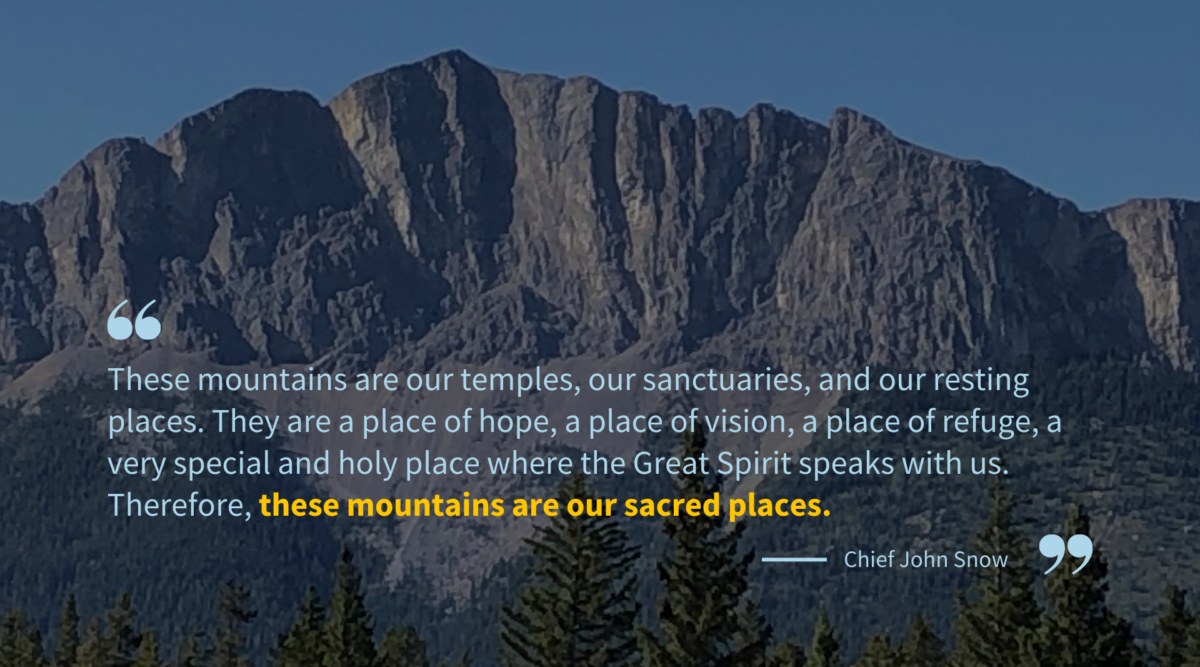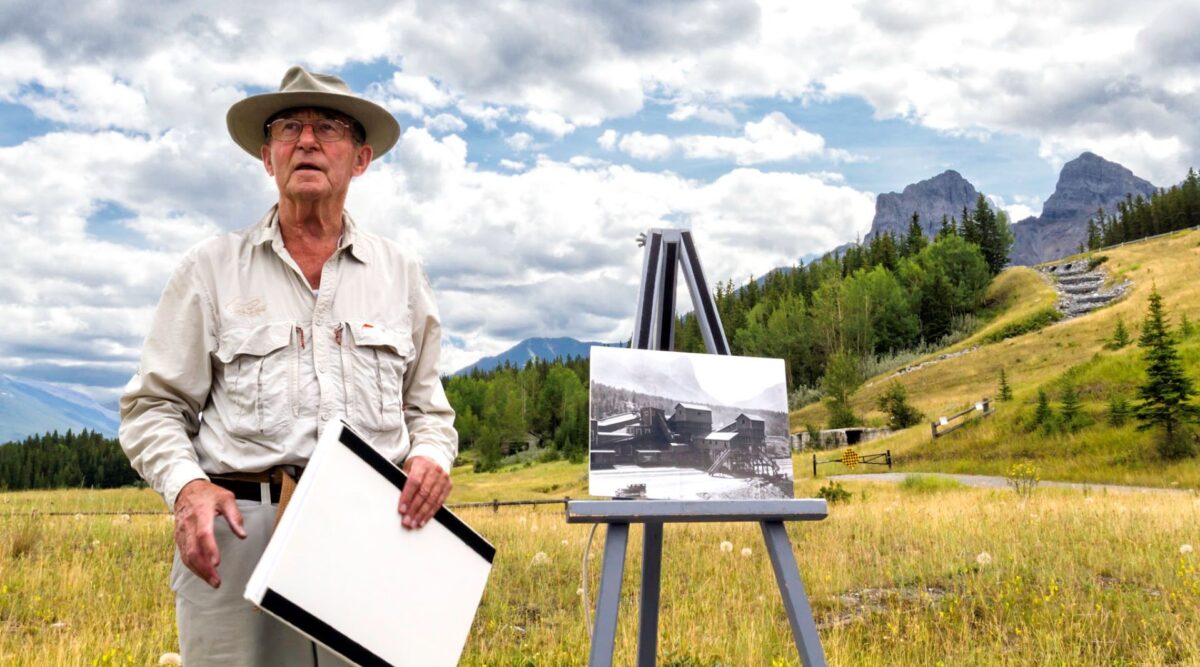Indigenous Stories Learning Series
Known as Châ Ûpchîchîyen Kudebi by the Stoney Nakoda, Canmore is defined by the rugged Canadian Rocky Mountain landscape that surrounds us and shaped by the culture, language and traditions of those that have called this place home for over 10,000 years.
In 2021, the Canmore Museum made a committment to providing space for Indigenous voices and perspectives in telling the story of Canmore and Bow Valley. As part of this commitment, the museum has launched an annual learning series to give residents of the Canmore community as well as Canadians from coast to coast to coast an opportunity to learn from Îyârhe Nakoda knowledge keepers, elders and authors about their culture, language and oral traditions. This learning series will run each June as part of Indigenous Heritage Month and compliments other Indigenous Stories programming, such as our tipi program hosted at the Canmore NWMP Barracks.
As part of Canada’s inaugural National Truth and Reconcilliation Day, the Canmore Museum is pleased to release the introduction of this series to the public; the full series is available on our Museum@Home digital streaming platform.




Recent Comments